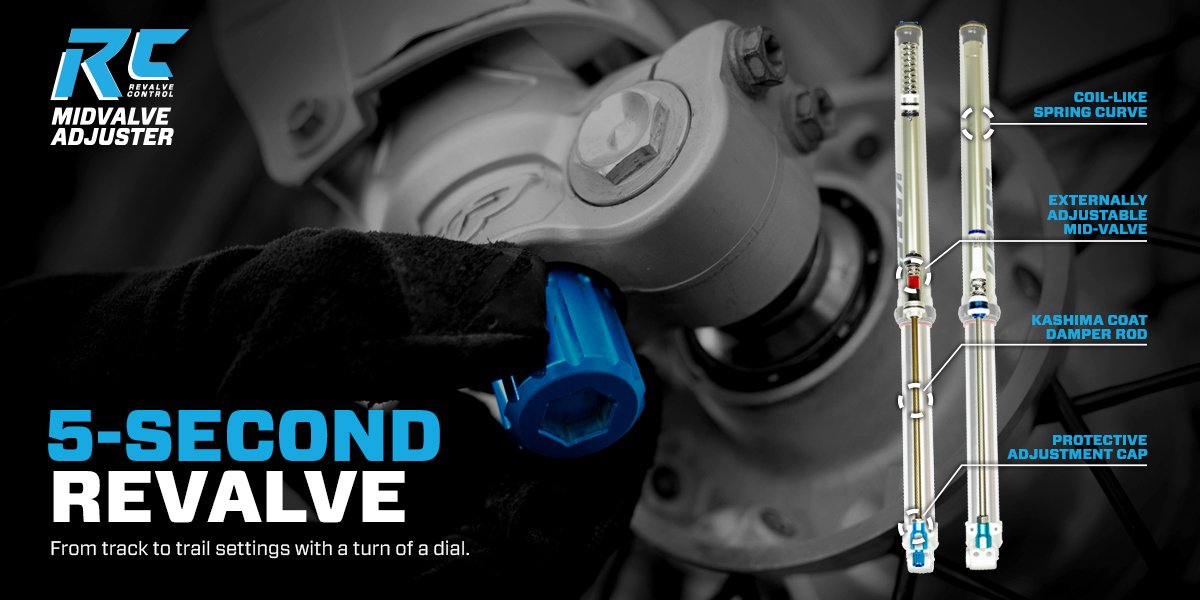So I'll be riding everything from the local concrete jungle, to national forest single track with occasional long-ish climbs, to air miles and plowing through rock gardens at bike parks.
I'm far from a set it and forget it guy. I ride a wide variety of stuff on my moto bike too, and I set it up differently for the type of riding I'm doing. I'm used to changing fork height, turning clickers, etc. depending on whether I'm at the track, an arena, in the woods, or out in the dez.
So what coil shocks options are there that have an adjustment range that would accommodate the different types of riding I'd be doing? Reading stuff on here and elsewhere it sounds like there are quite a few mtb shocks out there with clickers that don't do much of anything, or entire damping systems that simply don't allow for much in the way of adjustment (poppet valve systems being an obvious one).
I figure the climbing would also make a lockout almost a must-have given the frame I'm on.
And do any of you have recommendations for places to revalve things for that sort of variety?
I'm far from a set it and forget it guy. I ride a wide variety of stuff on my moto bike too, and I set it up differently for the type of riding I'm doing. I'm used to changing fork height, turning clickers, etc. depending on whether I'm at the track, an arena, in the woods, or out in the dez.
So what coil shocks options are there that have an adjustment range that would accommodate the different types of riding I'd be doing? Reading stuff on here and elsewhere it sounds like there are quite a few mtb shocks out there with clickers that don't do much of anything, or entire damping systems that simply don't allow for much in the way of adjustment (poppet valve systems being an obvious one).
I figure the climbing would also make a lockout almost a must-have given the frame I'm on.
And do any of you have recommendations for places to revalve things for that sort of variety?





